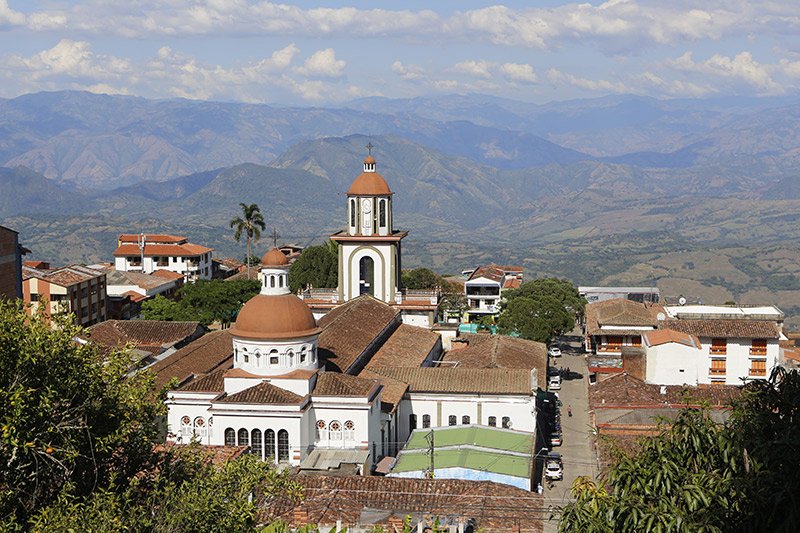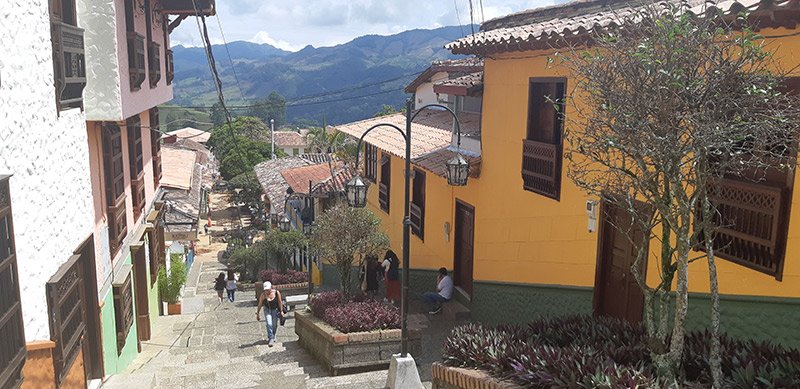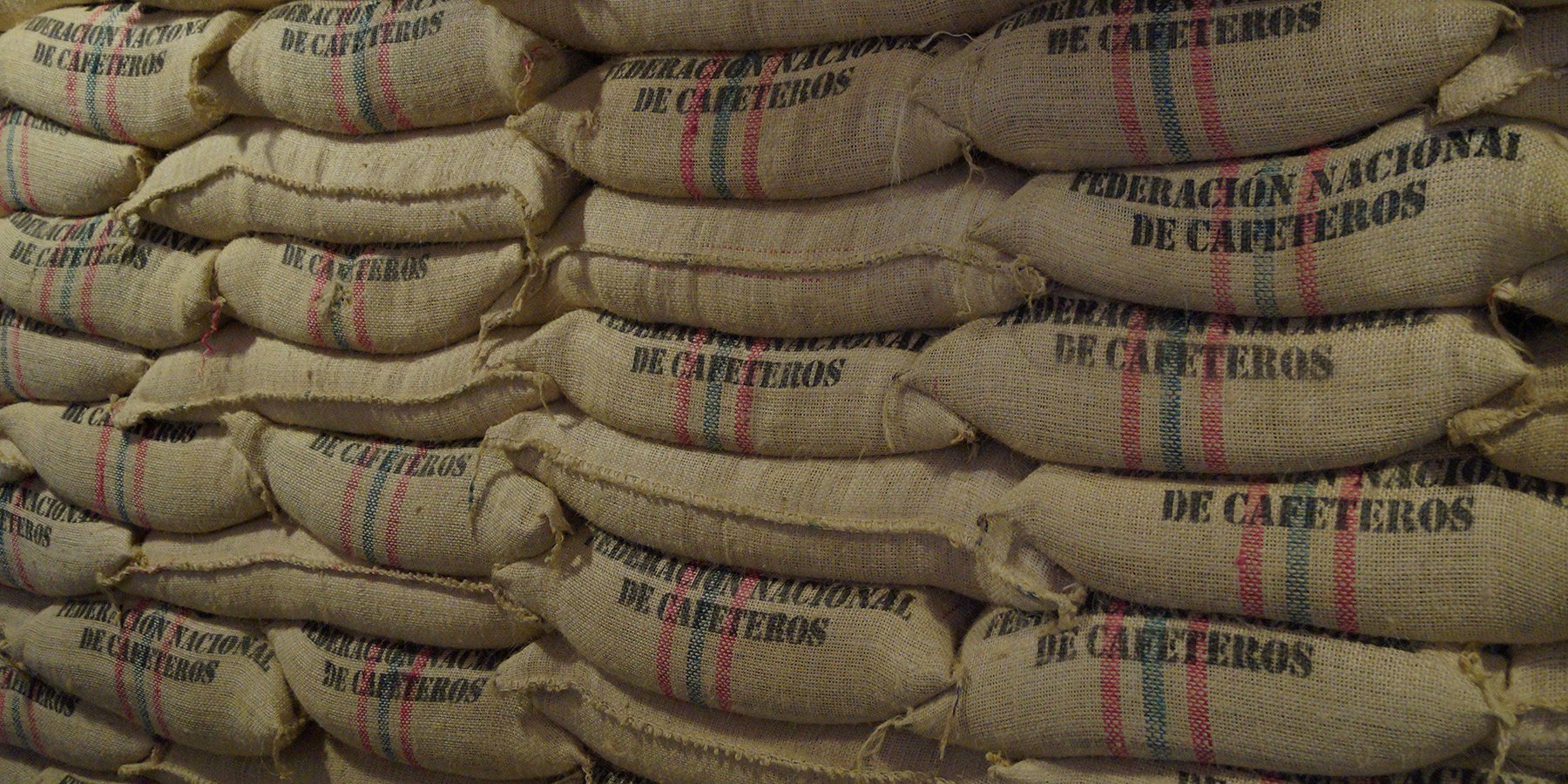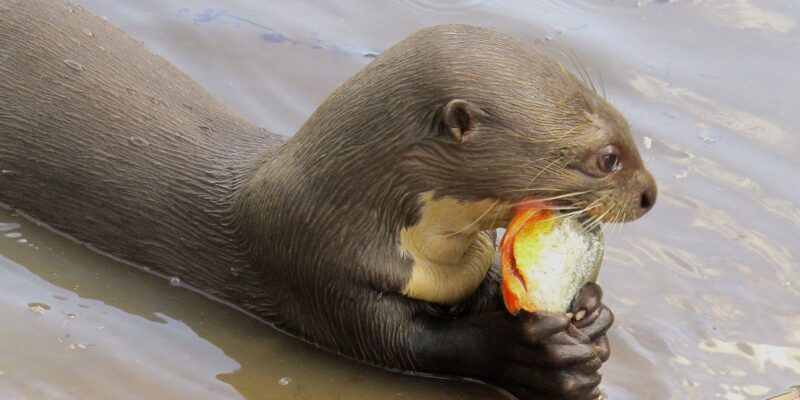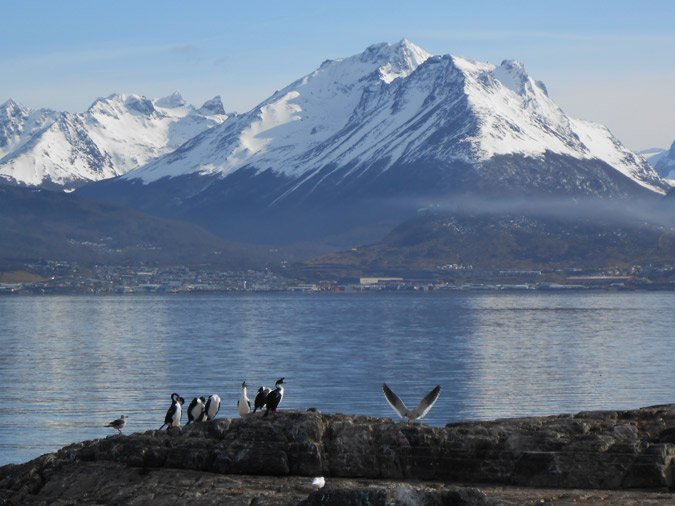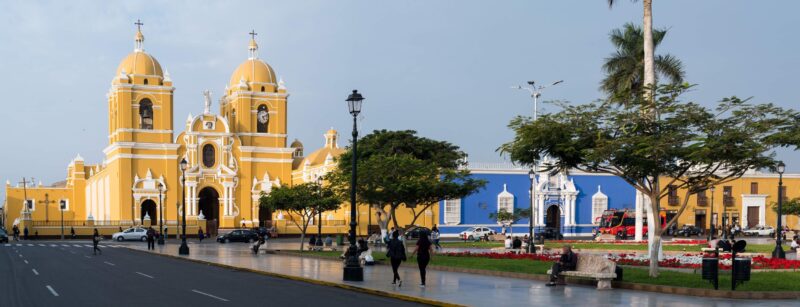| Destination | Tour Code | Start | End | Trip Status | Pricing Per person | |
|---|---|---|---|---|---|---|
| Colombia – The Secret Heart of Colombia | CCC/061025 |
Oct 06, 2025 Monday |
Oct 22, 2025 Wednesday |
Guaranteed |
£3,295.00
Single Room Supplement: £535.00
|
Book Now |
| Colombia – The Secret Heart of Colombia | CCC/010626 |
Jun 01, 2026 Monday |
Jun 17, 2026 Wednesday |
Guaranteed |
£3,295.00
Single Room Supplement: £535.00
|
Book Now |
| Colombia – The Secret Heart of Colombia | CCC/051026 |
Oct 05, 2026 Monday |
Oct 21, 2026 Wednesday |
Guaranteed |
£3,295.00
Single Room Supplement: £535.00
|
Book Now |
| Colombia – The Secret Heart of Colombia | CCC/310527 |
May 31, 2027 Monday |
Jun 16, 2027 Wednesday |
Guaranteed |
£3,295.00
Single Room Supplement: £535.00
|
Book Now |
| Colombia – The Secret Heart of Colombia | CCC/041027 |
Oct 04, 2027 Monday |
Oct 20, 2027 Wednesday |
Guaranteed |
£3,295.00
Single Room Supplement: £535.00
|
Book Now |
The Secret Heart of Colombia
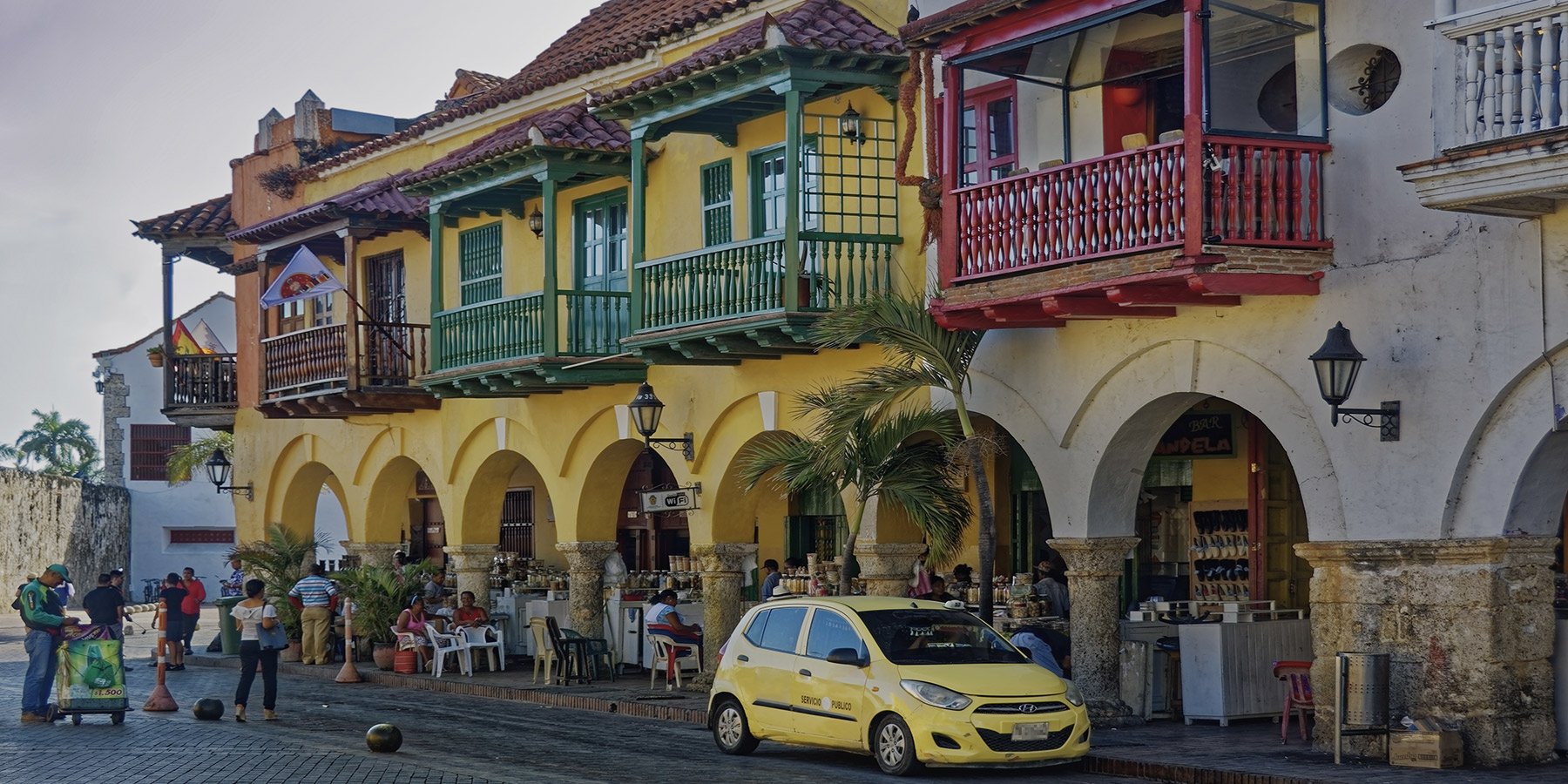
Colombia is rapidly emerging from its reputation as the bad boy of Latin America to show its true colours as one of the most exciting corners of the continent. Put aside what you’ve read about Colombia’s murky past: for those willing to step beyond the stereotypes, the country offers a breathtaking array of world class attractions that are sure to leave an enduring imprint on the souls of all who visit. On this overland journey of discovery we take a trip back into the past, exploring both the magnificent colonial heritage of the capital Bogota, Villa de Leyva and Filandia, as well as unearthing pre-Columbian culture at the extraordinary site at San Agustin. We spend time in the famed coffee zone, experiencing rural life set amidst a dazzling array of spectacular scenery and jaw-dropping natural beauty. One of the most bio-diverse nations on the planet, the entire trip offers sights, sounds, smells and tastes that will overwhelm even your highest expectations and leave you bemused as to why this is such an unfrequented corner of the Americas. Join us to explore Colombia and become a convert to the joys of this welcoming and enigmatic nation.
Arrival and departure transfers
Overland transport throughout with professional driver
All accommodation
Services of English-speaking guide / tour leader
Meals as listed, B – Breakfast, L – Lunch, D – Dinner
Entrance fees for sites listed as part of the itinerary
International flights (, contact , us, for expert advice and a quote)
Any airport taxes
Travel Insurance
Visa – when required
Drinks
Items of personal nature
Tips (Discretionary)
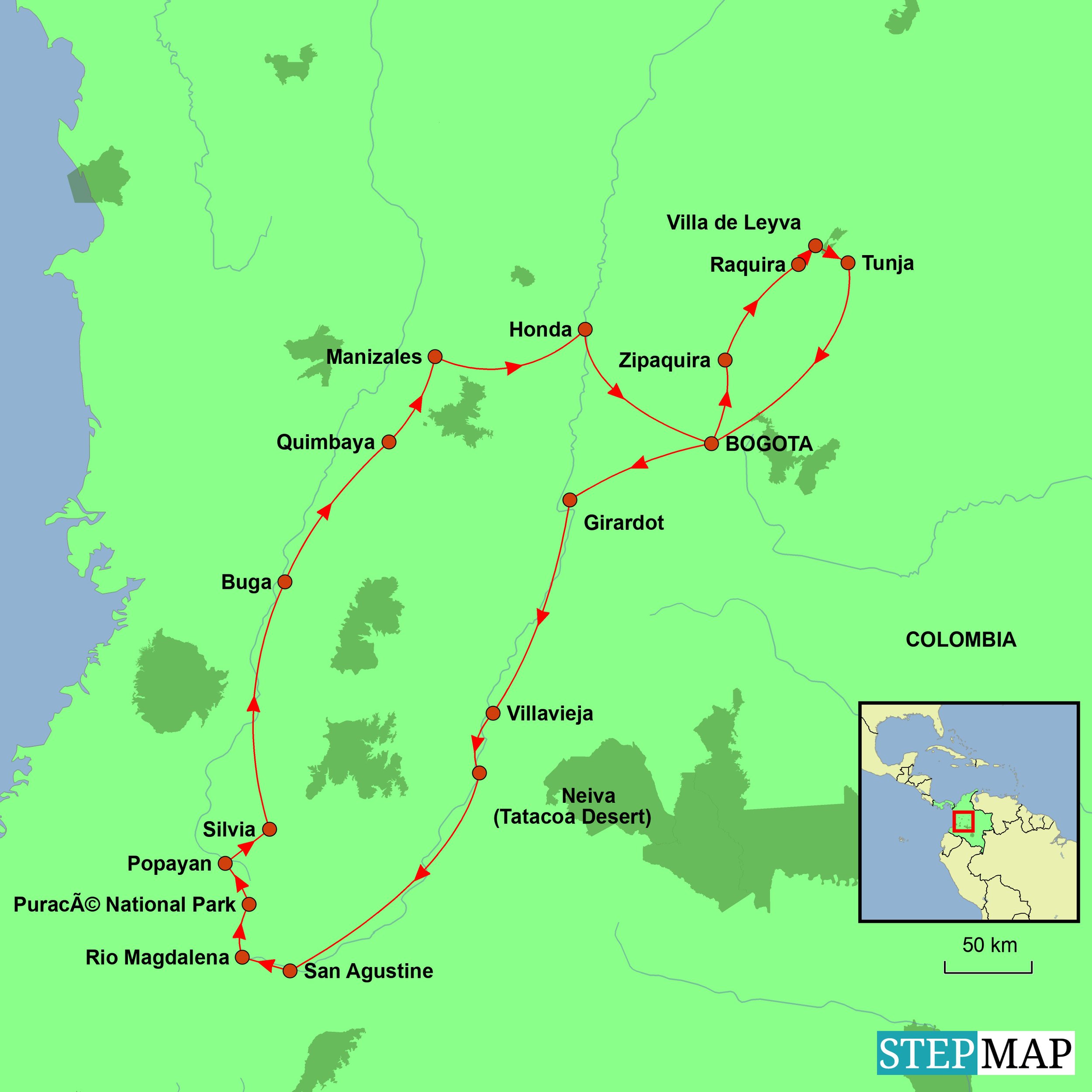
The Secret Heart of Colombia is a 15-day small group tour that delves into the country’s rich cultural heritage, diverse landscapes, and vibrant traditions. Starting in Bogotá, travellers explore the historic Candelaria district and the remarkable Salt Cathedral of Zipaquirá. The journey continues to Villa de Leyva, known for its colonial charm, and then to the coffee-growing regions of Filandia and Salento, where visitors can learn about coffee cultivation amidst stunning scenery. The tour also includes a visit to the Cocora Valley, famous for its towering wax palms and breathtaking landscapes. Further south, the itinerary features the archaeological wonders of San Agustín, offering insights into pre-Columbian cultures. Travellers then explore the whitewashed colonial city of Popayán and the dramatic Tatacoa Desert, known for its unique terrain and star-filled skies. The tour concludes in Bogotá, providing a comprehensive experience of Colombia’s hidden gems and cultural richness. With a moderate fitness level rating of 3/5, this journey is suitable for those seeking an immersive and diverse South American adventure.
Salt Cathedral of Zipaquirá
An extraordinary underground cathedral carved into the salt mines, this UNESCO-listed site offers a unique spiritual and architectural experience.
Cocora Valley and Wax Palms
Famous for its towering wax palms, the Cocora Valley offers stunning landscapes perfect for nature lovers and photographers.
Coffee Region: Filandia and Salento
Explore Colombia's famous coffee culture while soaking in the beautiful scenery of lush coffee plantations and picturesque towns.
San Agustín Archaeological Park
A UNESCO World Heritage Site, San Agustín is home to mysterious pre-Columbian statues and burial sites, offering insights into ancient Colombian cultures.
Tatacoa Desert
A stunning landscape of red and grey canyons, the Tatacoa Desert is known for its striking beauty and clear skies, perfect for stargazing.
Download the Information Pack
To download the tour full dossier, which includes a complete day-by-day itinerary breakdown and detailed tour information, fill in the details below.

Foreign Office Travel Warnings Before booking your tour, please familiarise yourself with the country specific information provided by the UK’s Foreign, Commonwealth and Development Office (FCDO) – www.gov.uk/foreign-travel-advice. This includes important information such as latest immigration requirements, and details of any travel advisories. We constantly monitor the advice posted by the FCDO. In particular we will always advise clients of any travel warnings. At present there are no warnings against travel to the parts of Colombia that we visit on this tour. Please feel free to contact us should you have any specific concerns or would like to know in detail what measures are being taken to ensure visits remain trouble free and without incident. It should be noted that this information applies to British citizens. Other nationals are asked to check the current position of their respective government. Visa Information At the time of writing British, US and Australian nationals do not require a visa for a tourist visit to Colombia. For further details please visit the applicable website shown below. British Nationals – www.gov.uk/foreign-travel-advice US Nationals – travel.state.gov/content/travel/en/international-travel.html Australian Nationals – www.smartraveller.gov.au Other nationals should check the latest requirements with the authorities in their home country, or with the destination’s nearest embassy or consulate. Should you require any documentation to support a visa application, such as a letter of invitation, upon request this will be provided by Undiscovered Destinations after receipt of your balance payment. As it is the travellers’ responsibility to ensure that they meet all entry requirements it is essential that you check the rules and any other conditions at the time of booking and again when making your balance payment. In addition, we would strongly advise that you make a final check around two weeks before your arrival. This is important as requirements can change at short notice. Undiscovered Destinations, when possible, will provide guidance about entry rules, but in the first instance please contact the relevant authorities, including the applicable embassy or consulate for assistance. Passports It is your responsibility to ensure that you are in possession of a full passport, valid for at least six months after the date of return to your country. We strongly advise that your passport contains a minimum of two blank pages, as this may be a requirement of the local immigration authorities. In addition, certain countries will stipulate that the two blank pages are opposite each other. If you are unable to meet these requirements, you may be refused boarding by your airline or denied entry by the immigration authorities. For specific information about the requirements for your destination please check with the country’s embassy or consulate. Alternatively, UK citizens can visit www.gov.uk/foreign-travel-advice. Vaccinations & Protection As with travel to most parts of Latin America, we strongly recommend that you contact your doctor’s surgery or a specialist travel clinic for up-to-date information, advice, and the necessary vaccinations. For a visit of less than one month you maybe advised to have immunisations against the following: Diphtheria and Tetanus, Hepatitis A, Typhoid, Meningitis. The use of a DEET-containing insect repellent may also be recommended. The legal status and regulation of some medicines prescribed or purchased in your home country can be different in other countries. If you’re travelling with prescription or over-the-counter medicine, read this guidance from NaTHNaC on best practice when travelling with medicines. For further information on the legal status of a specific medicine, you’ll need to contact the embassy, high commission or consulate of the country or territory you’re travelling to. Travel Insurance It is a condition of booking with Undiscovered Destinations that you have adequate valid travel insurance. It is your responsibility to arrange appropriate travel insurance and ensure you have read and understood the full terms and conditions of your travel insurance policy to ensure that you are covered for all activities you intend to undertake whilst on the tour, including all optional activities. Your Insurance Policy must fully cover you for medical expenses (including cover for Covid-19 conditions) and emergency repatriation to your home country and be valid for the entire duration of your holiday. Local Conditions When travelling to our destinations, many of which are underdeveloped and untouristed by mainstream tourism, a good deal of patience and a sense of humour is an important attribute. This will help you to cope with problems such as ageing or poor infrastructure and when maintenance may not be as high as we would always like. The choice of appropriate accommodation in some towns and cities (particularly the smaller places) can be limited, and standards of both service and maintenance can be less than polished. Guides and other service providers in some of our destinations do not always have the decades of collective practice and experience that their counterparts in more developed countries can draw upon. Although we will always try and resolve any issues as quickly as possible, on occasions there may be some shortcomings which no matter how hard we try will be unavoidable.
